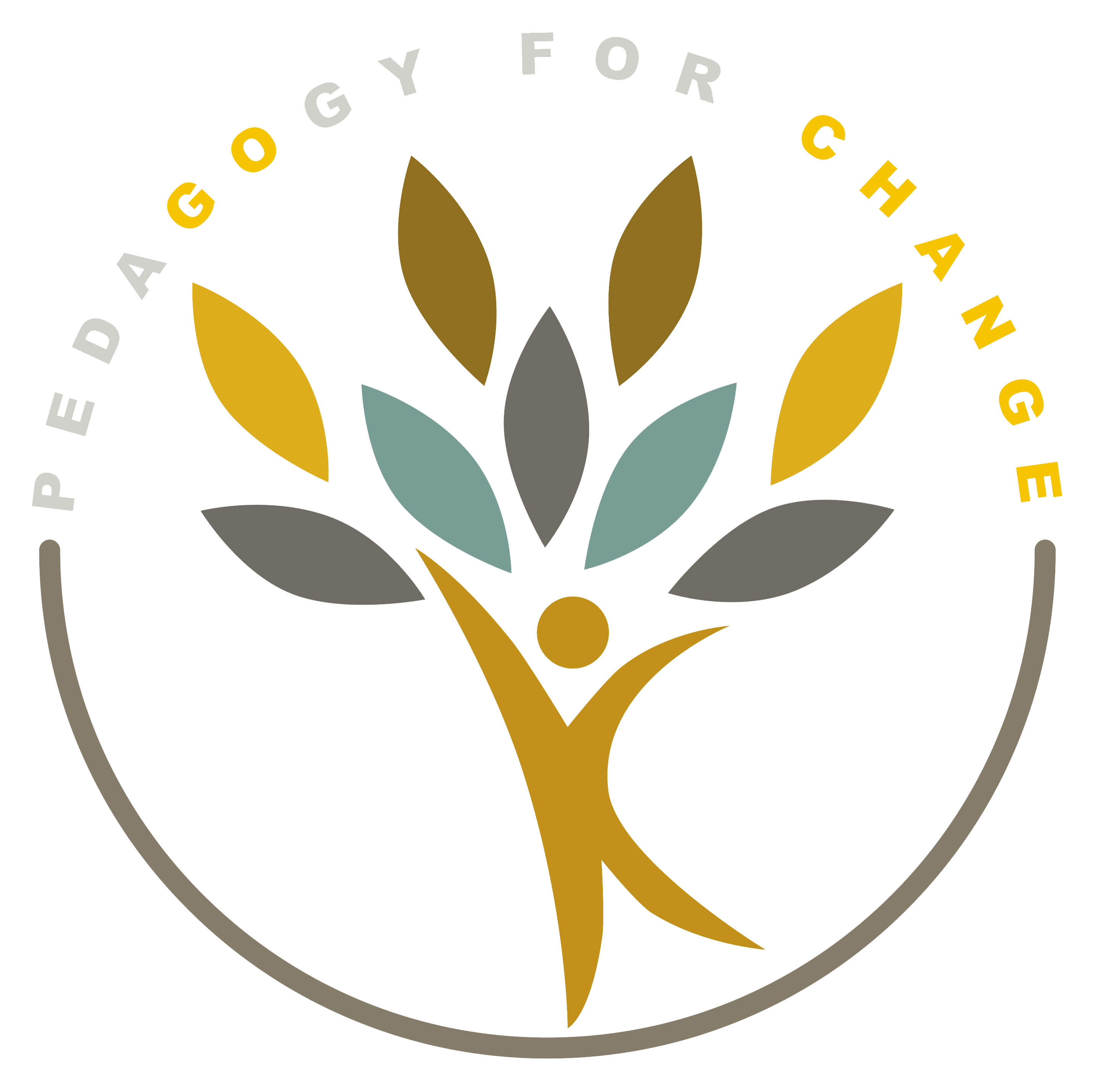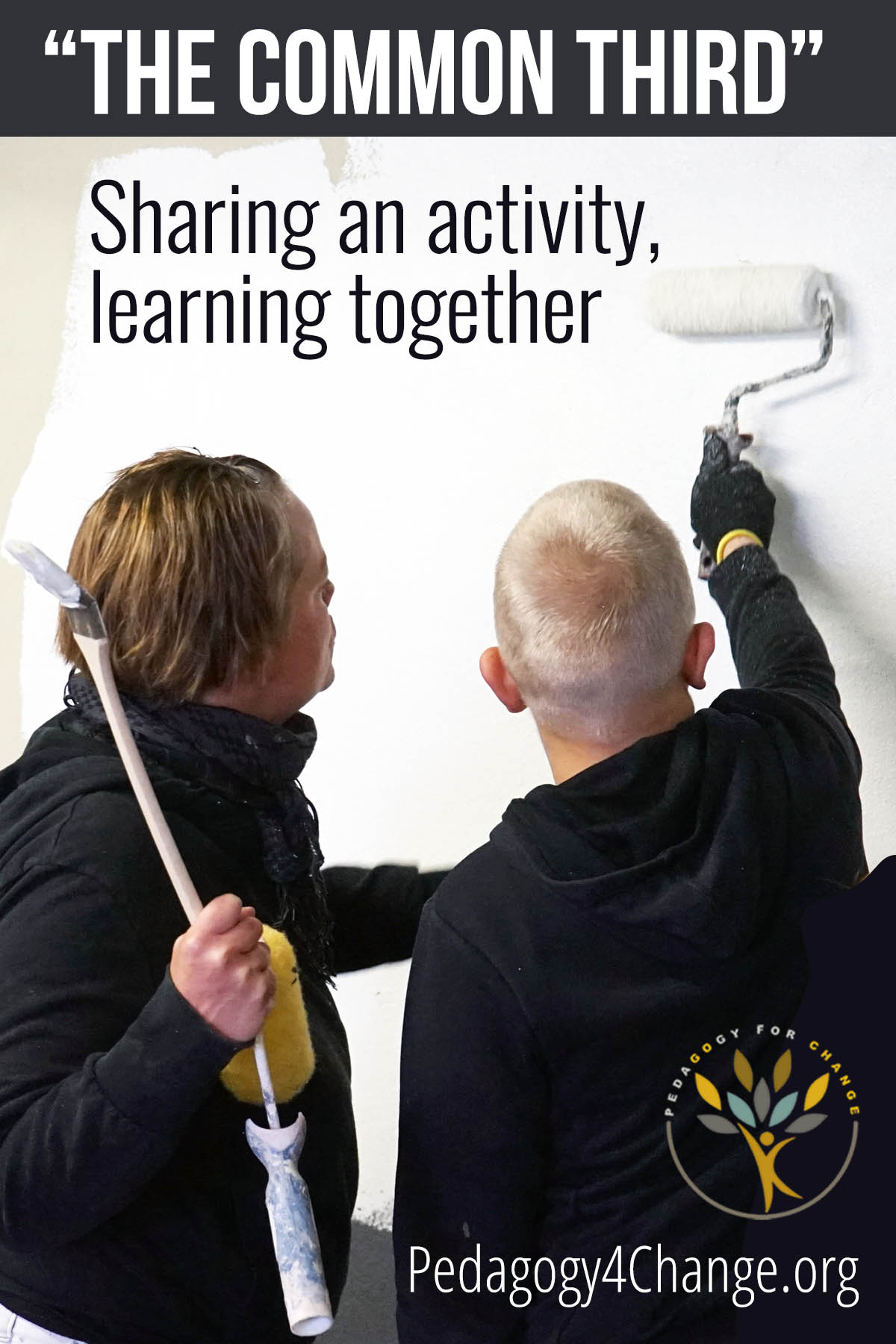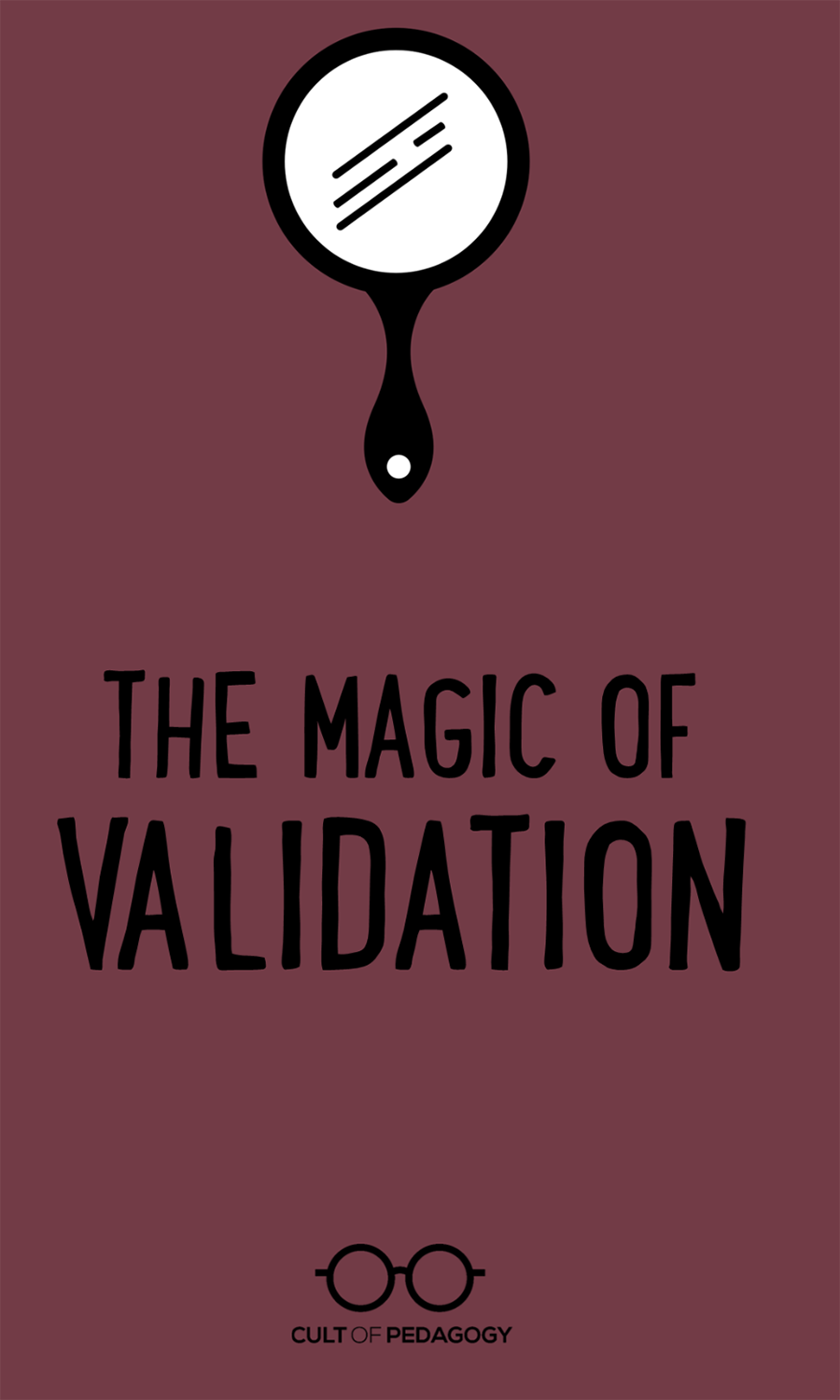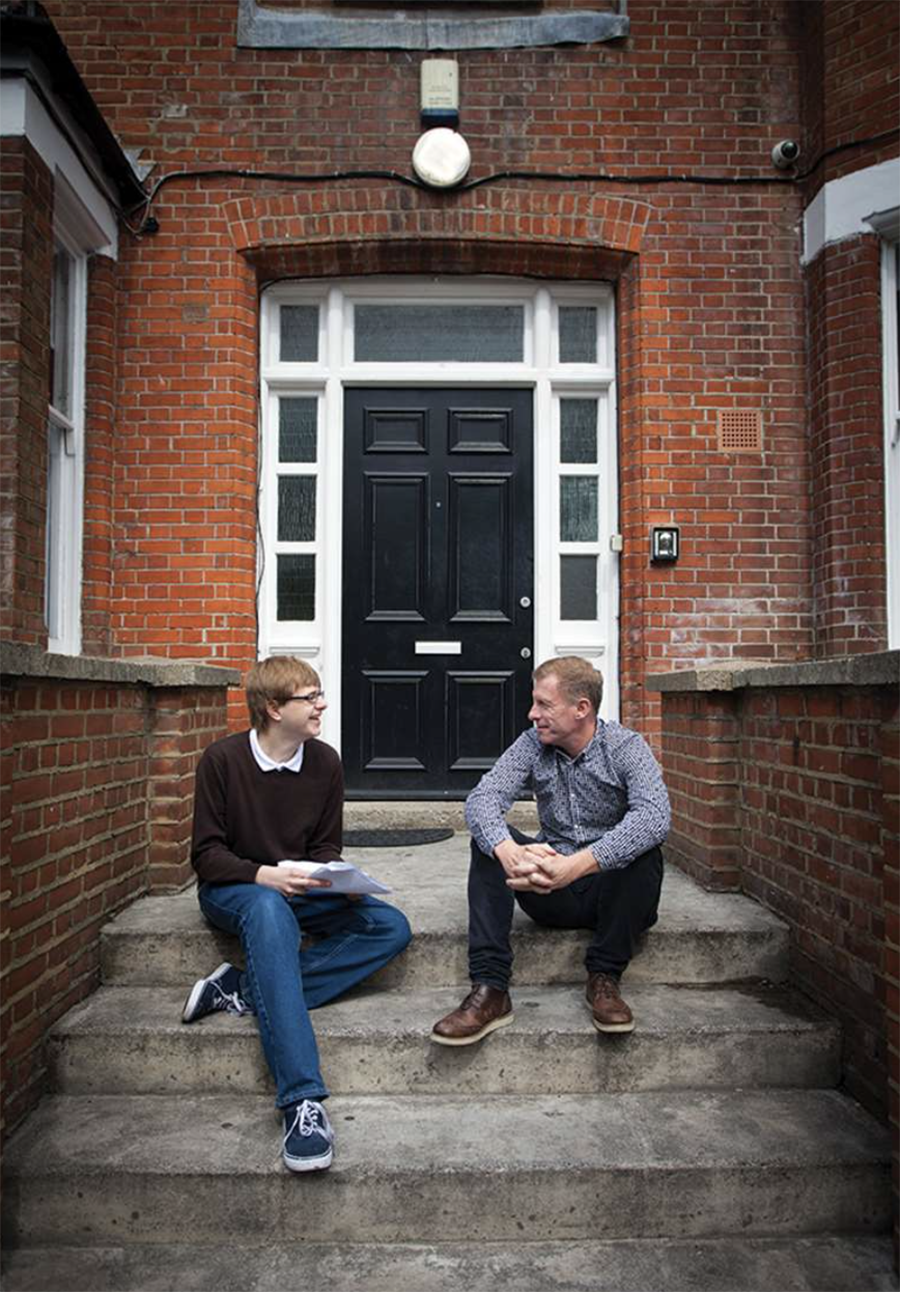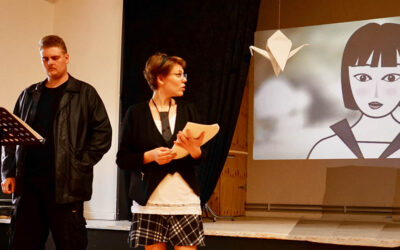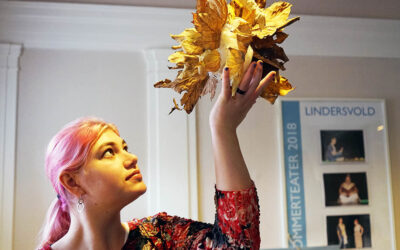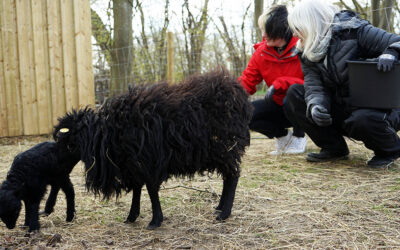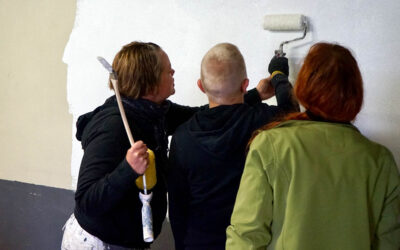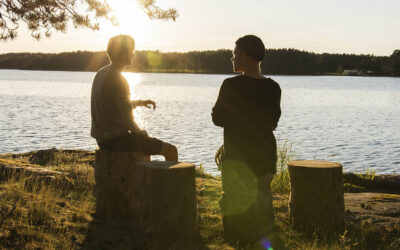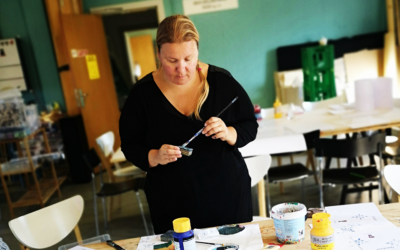




Social Pedagogy in Denmark
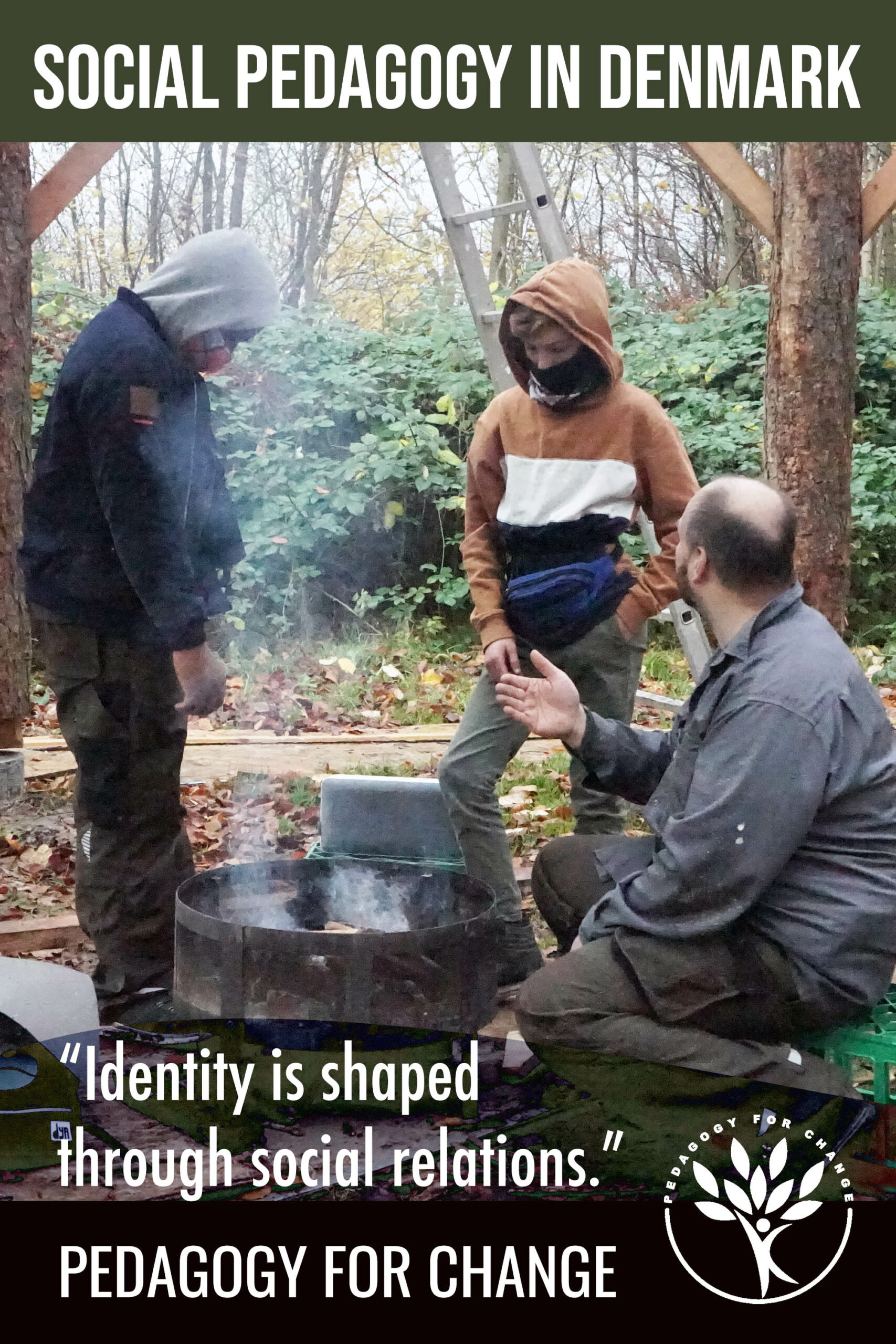
Social pedagogy has long traditions in Denmark and is quite well-known for its holistic practice which combines “head, heart and hands” – theory, empathy, and practice. Focusing on each individual person’s strengths, resources, potential and wishes is at the core of Scandinavian social pedagogy.
Respecting children or young people’s personal integrity, rights and space are also important elements in most care homes and special schools that cater for children and youth who for different reasons cannot live with their families – or need a school which provides individually designed programmes.
In this blog post, we attempt to introduce some main concepts of social pedagogy in Denmark.
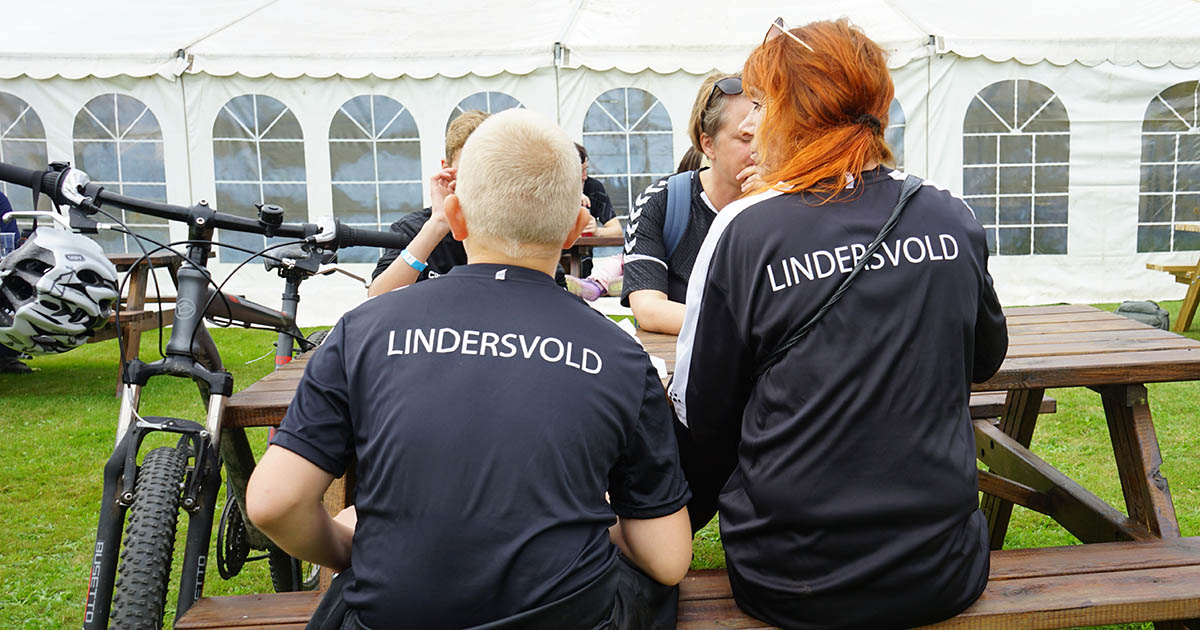
What is “social pedagogy”?
Social pedagogy is a holistic way of working with people – children, youth, or adults – who for different reasons need support to thrive, for example in the care sector or in educational settings.
Social pedagogy focuses on well-being, learning and growth. Its foundational idea is that all human beings are inherently valuable and that everyone “can make a meaningful contribution to their wider community if we find ways of including them” – according to ThemPra.
For this to happen, their potential resources need to be discovered, nurtured, and unleashed. This is the work of the social pedagogue.
Social pedagogy also seeks to address issues of inequality and aims to bring about social change by tackling or preventing social problems like loneliness, poverty, criminality, and addiction. Dignity, inclusion, and connection are key in this respect, both at the individual and community level.
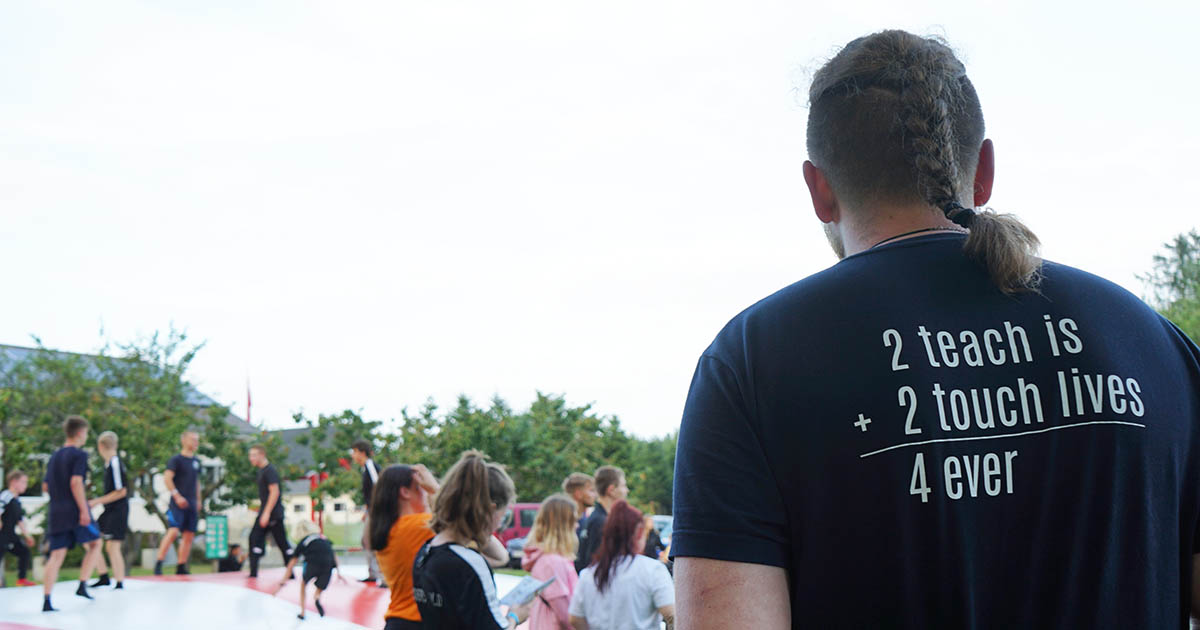
A multi-disciplinary approach
Social pedagogy is a broad discipline with a holistic perspective and there is no single “correct” method or way to practice it. It all depends on the particular setting of the work and what the overarching aims are. Social pedagogy uses a mix of ideas, theories, approaches, and concepts from other academic fields, such as philosophy, psychology, education, sociology, medicine, social work, and human rights activism.
One distinct feature of social pedagogy is the need to be “authentic”. Practitioners of social pedagogy must combine their personal self – personality, ethics, interests, and empathy – with their professional self – their knowledge, experience, and ability to reflect and analyse.
More often than not, social pedagogy is also about building community, for example by creating safe spaces for people who are in need of an accepting and accommodating workplace – or teaching young people with challenging behaviours to overcome their social shortcomings, for them to become part of a meaningful community.
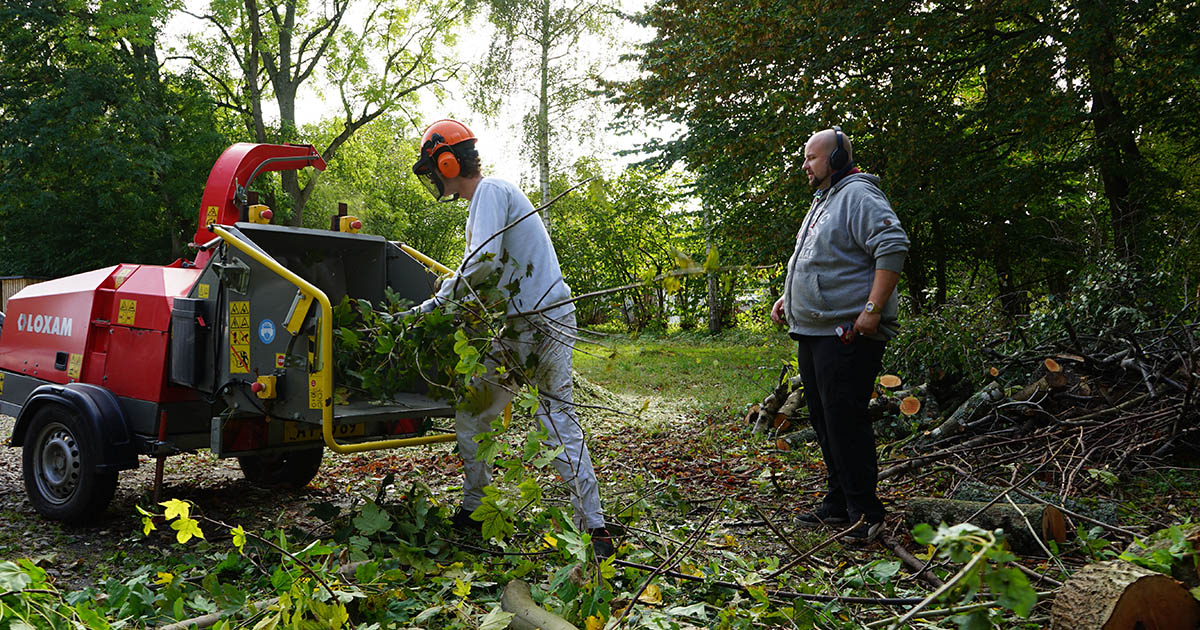
Social pedagogy at residential homes in Denmark
A Danish care home, which looks after children or youth who for different reasons cannot live with their families, is usually characterised by a high level of trained staff, a focus on treating each young person with respect, as an individual, and practising a holistic pedagogy based on building meaningful relationships.
Apart from offering a safe space where everyone is respected and their needs accommodated, the children learn essential life skills and practise social skills like living together in community. Many of the care homes offer activities of different kinds, such as sports, keeping animals, sailing or arts and craft.
When care homes describe themselves, these are some common keywords: relationship-based, resources-focused, activity-oriented, and using an appreciative/validating approach.
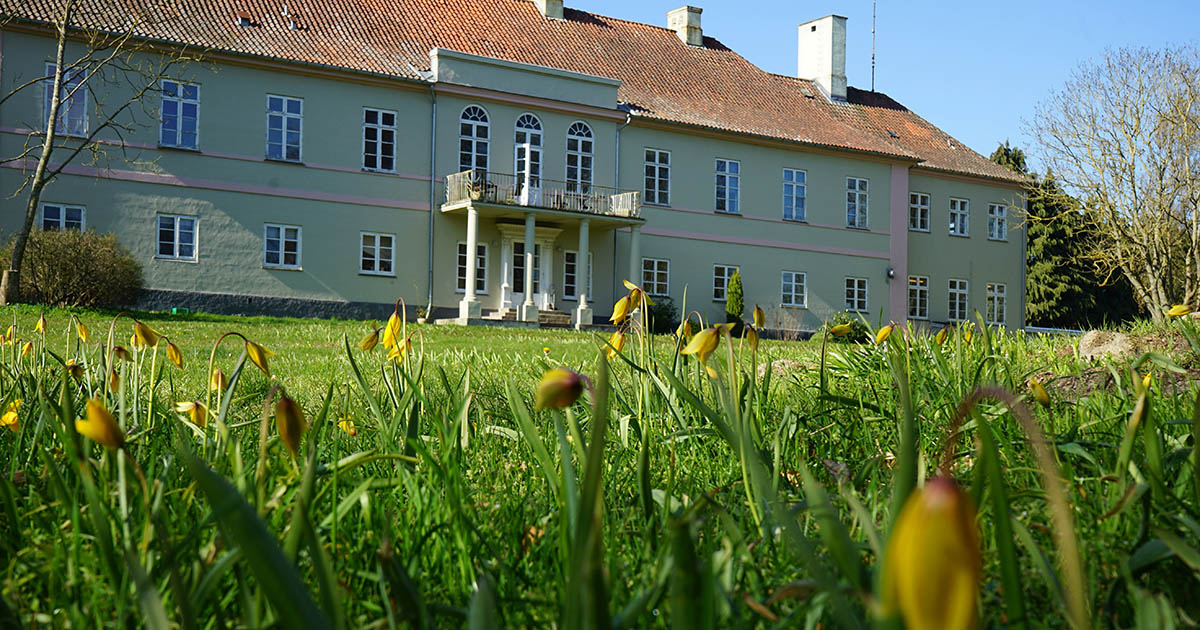
In the following, we will give some examples of some popular approaches and methods that practitioners of social pedagogy use in their pedagogical work. There are many more aspects of this broad field, but here are some examples:
Drawing the line between “professional, personal, and private”
Practitioners of social pedagogy need to combine their professionalism with their personal assets (interests, empathy, personality, humanity), in their pedagogical work. The professional, the personal and the private self of the social pedagogue constitute “the three Ps” at the heart of social pedagogy: forging strong relationships.
It’s a good idea to share an interest you have, say playing music, in order to form a vital bond with a child or young person whose self-esteem you’d like to boost. But it’s not OK to share an interest you have in finding a partner, or your worries about your mother’s health – that is your deeply private business, utterly inappropriate to share with the young person you work with.
However, sometimes drawing the line between what is your personal and your private self can be difficult. Therefore, it is paramount to have good colleagues who can discuss all kinds of topics, concerns, and dilemmas to do with their pedagogical practice – and also about where to draw the lines between the three Ps: How can we combine our professional mindset with our personal assets – without compromising our private self?
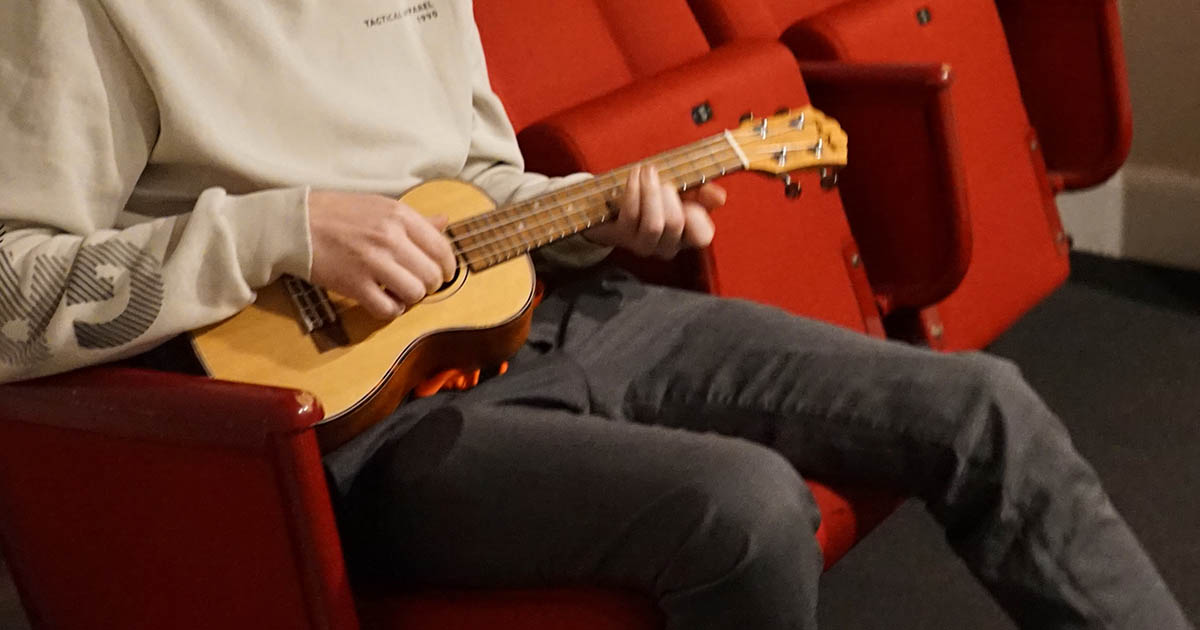
An important smile and nod
Danish social pedagogy is inspired by Axel Honneth’s “Social Philosophy of Recognition” – in what is called in Danish “anerkendende pædagogik” – “the pedagogy of recognition” or “appreciative pedagogy”. This sounds a bit complicated, but it is not. Let us explain:
It’s about seeing – recognising – or validating if you like, the people around us. It means that practitioners of social pedagogy pay attention to how we see and hear the human being in front of us. That we see them as the person they are, and not only what they behave – and that we let them understand that we do recognise them for who they are. This can be done with simple gestures such as a smile or an appreciative nod – or a kind word.
When human beings feel recognised in this way, it strengthens their self-worth and helps them create their identity. Identity is shaped through social relations.
”Validation is the act of recognizing and affirming the feelings or perspective of another person. It’s acknowledging that these thoughts and feelings are true for that person. It’s a very simple, astoundingly fast way to make progress in a conversation: It eases tension, builds trust, and gets you and the other person to a solution more quickly.” ~ Jennifer Gonzalez
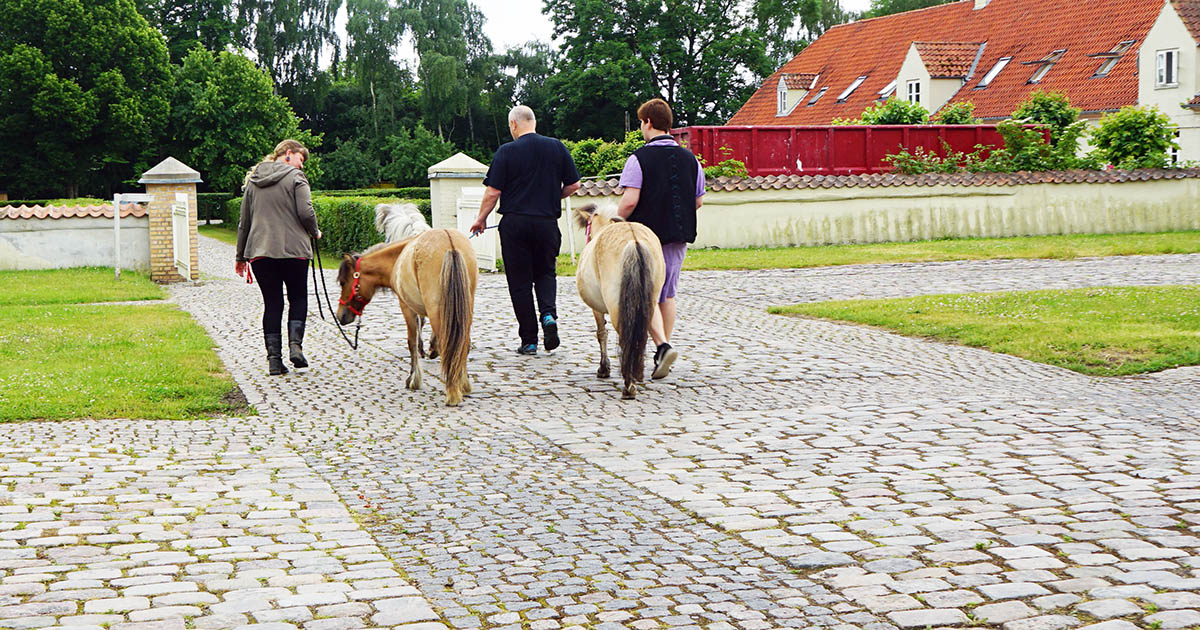
Mentalising is key in social pedagogy
Another important tool in the social pedagogical toolbox is called “mentalisation”.
Mentalisation means trying to see things from somebody else’s perspective. The key question to ask is ‘what is it like to be you?’ Instead of jumping to conclusions like “she’s always so grumpy” when a young person puts up a sulky face and only communicates with grunts and shrugs, we need to mentalise her: what could be the cause of this “grumpy” behaviour?
Has her mum just phoned her to cancel their day trip? Does she have her period, but doesn’t want to share that she’s in pain? Is she insecure about going to the booked appointment because she doesn’t feel supported? When we mentalise other people, a good starting point is to assume that there is a perfectly good reason that explains their (annoying / rude / inappropriate) behaviour.
Mentalisation is also understanding our own thoughts, impulses, and behaviour. A well-trained practitioner of social pedagogy knows how to hold their tongue and not let their irritation seep through when encountering a cheeky teenager. We understand that our emotions and biases are underlying factors when our thoughts are formed. By acknowledging this and by taking the time to contemplate why we react as we do, we can use our intellectual capacity to adapt our behaviour and thus accommodate the needs of the other person.
Perhaps your grandfather told you to “walk a mile in someone else’s shoes” when you were too quick to judge someone? Well – your grandfather understood the basics of mentalisation. As such, mentalisation is not a specialist skill. It’s basic empathic common sense. However, research suggests that being able to see things from other people’s points of view, and keeping our own feelings and behaviour in check, is a key principle in social pedagogy.
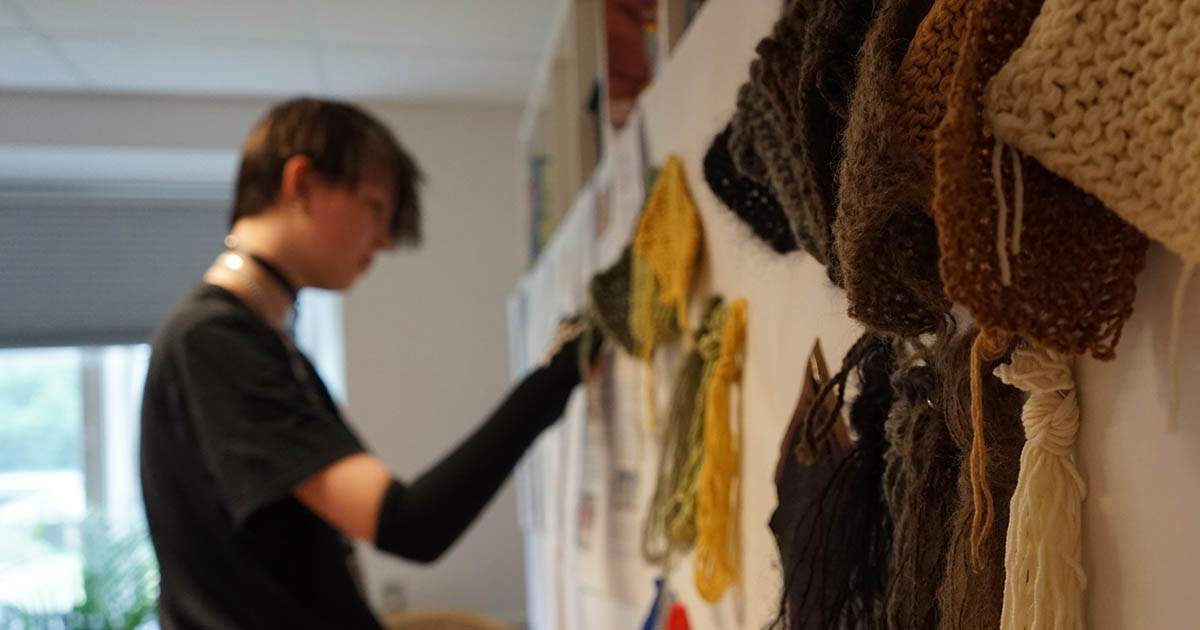
Thinking and acting inside the box
The care home sector in Denmark – including special education programmes – is regulated by legislation and inspection authorities which ensure that the standard of the physical frames such as buildings, the level of education of the staff and the pedagogy practised are high. This provides a solid framework which secures the quality of the care and/or education that the looked after children and youth receive. There are certain rules and standards that the care homes must adhere to. According to law, children and young people should be listened to and have the right to self-determination and privacy.
Therefore, sanctions, punishments, point systems to get access to privileges and other oppressive methods are not allowed.
It is the task of the social pedagogues to figure out what to do when they are challenged by “oppositional behaviour” by the young people they look after. What do you actually do, when the teenagers in the house stay up far too late because of TikTok, and cannot get up in the morning because they’re too tired?
“Let’s make a rule that they must have their mobile phone locked away at 22:00” would be a practical and simple solution, but not applicable at all because it would be a serious infringement of their self-determination rights. Instead, the social pedagogues need to find alternative ways of dealing with this problem – using all their personal talents, professional skills and experience to succeed.
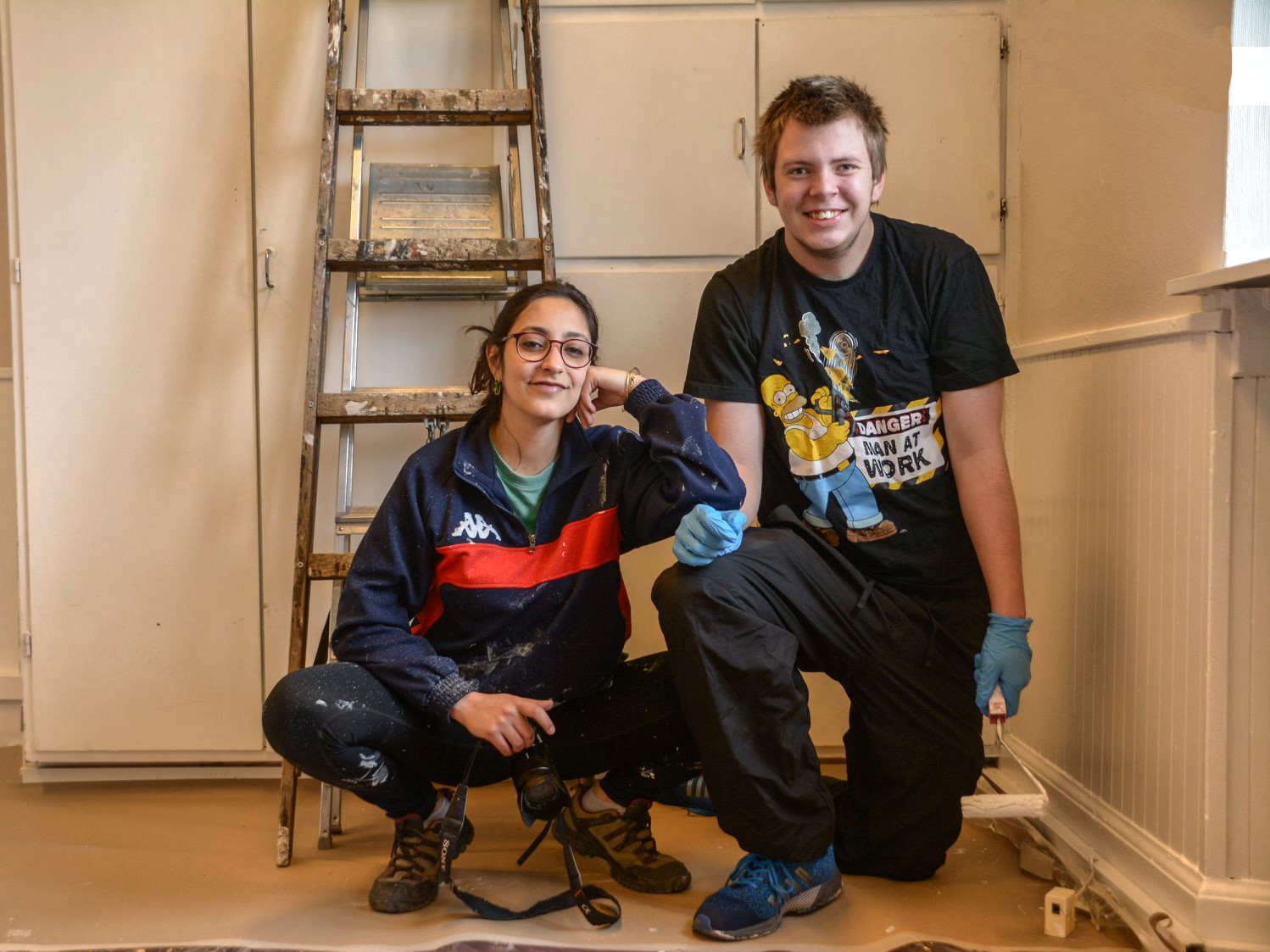

“Social pedagogy is characterised by the fact that upbringing and education are partly understood as socially conditioned, and partly have a socially preparatory aim that concretises the individual’s social position and social responsibility. Providing care, education, and opportunities for marginalised people is therefore included in the discipline of social pedagogy.”
Social Pedagogy – a definition
The term ‘pedagogy’ stems from the Greek terms país (child) and ágõ (to lead, to guide). ‘Social’ pedagogy has grown organically out of a longstanding tradition of educational philosophers, social thinkers and practitioners who were concerned with creating a more just society through educational means.
Social pedagogy aims to connect each person to society, with society supporting its most disadvantaged members and each individual taking responsibility for wider society.
Social pedagogy aims to create the conditions in which each person can grow and become both more independent and integrated. As this is a lifelong process, social pedagogues work within a range of different settings, from early years through adolescence to working with disadvantaged adult groups as well as older people.
Source: ThemPra
What is Pedagogy for Change?
The Pedagogy for Change programme offers 12 months of training and experiencing the power of pedagogy – while you put your skills and solidarity into action.
Studies and hands-on training takes place in Denmark, where you will work with children and youth at specialised social education facilities or schools with a non-traditional approach to teaching and learning.
In short:
• 10 months’ studies and hands-on training in Denmark, working with children and youth at specialised social education facilities or schools. At the same time yo will study the world of pedagogy with your team – a group of like-minded people. You will meet up for study days every month.
• 2 months of exploring the reality of communities in Scandinavia / Europe, depending on what is possible – pandemic conditions permitting. You will travel by bike, bus or perhaps on foot or sailing.


An excellent read about validation
“People want to be understood. They want to feel heard. When a person doesn’t feel heard, she just clings more tightly to her own position. It really is that simple, and it’s one of the reasons so many conflicts last so long and often escalate to ridiculous proportions.”
International Focus: Social Pedagogy in Denmark
“Social pedagogy has a strong tradition in continental Europe. It challenges professional silos in focusing on the child as a whole person.”
Read about a British perspective on social pedagogy in Denmark.
MORE ABOUT SOCIAL PEDAGOGY
Learning through theatre
Theatre is an important pedagogical tool which provides an opportunity for us to explore realms and realities outside of the classroom, without having to travel.
Artful expression in pedagogy
Art is a pedagogical tool which provides an opportunity for everyone to work with open-ended solutions rather than striving for conventional error-free essays or science reports.
The Common Third
Creating an authentic learning space through a truly interesting, shared activity, is highly beneficial. The Common Third works as an ‘equaliser’ and is an important pedagogical tool.
Social learning in practice
We are social beings and therefore learning is an intrinsically social process. Learning takes place in many kinds of arenas, some of them arranged, where we interact with others in different contexts.
Inclusive Communication: 10 tips
Inclusive communication means sharing information in a way that everybody can understand for example people on the autism spectrum who need clearness and unambiguity.
Pedagogical Principles – an artistic expression
Graphic designer Eike Einmann designed 10 posters to represent the main pedagogical principles that lay the foundations of “Another Kind of School”.
